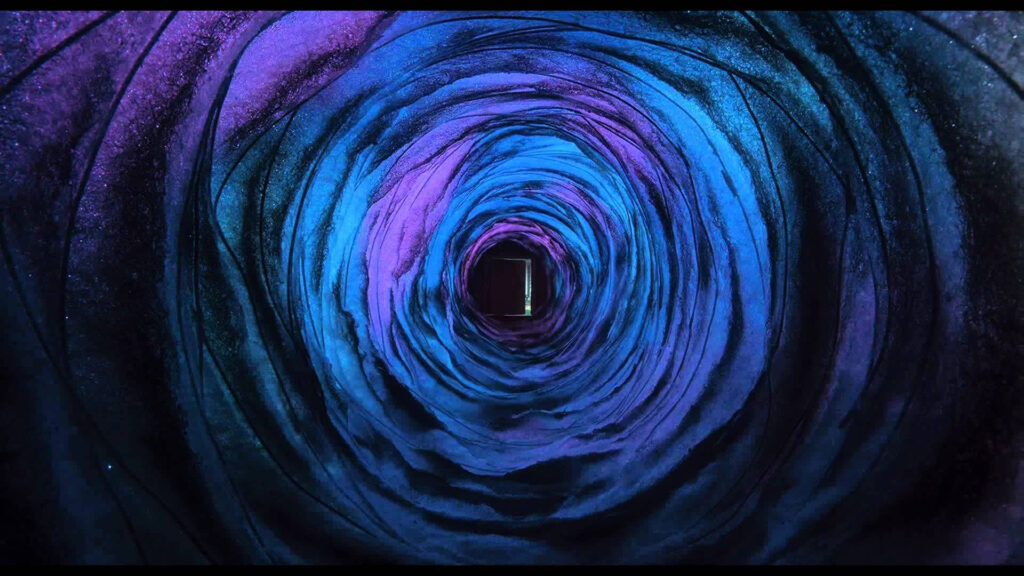Creative Reading:
Watching Casey Reas’ lecture changed how I think about randomness in my work. I have always enjoyed unpredictability in art, but I tended to treat it as something that just happens rather than something I could plan. Reas’ talk showed me that even small doses of chance can generate patterns that feel intentional, making uncertainty a tool rather than a problem. For example, I want to experiment with algorithms where randomness sparks new ideas without fully determining the final outcome. The idea that the computer can function both as a precise tool and a way to explore controlled unpredictability is particularly meaningful when creating interactive pieces, where audience interactions can lead to unexpected results.
One part of the presentation that stood out to me was Gerhard Richter’s quote, which both Reas and I found inspiring:
“Above all, it’s never blind chance: it’s a chance that is always planned, but also always surprising. And I need it in order to carry on, in order to eradicate my mistakes, to destroy what I’ve worked out wrong, to introduce something different and disruptive. I’m often astonished to find how much better chance is than I am.”
After hearing this quote, it made me realize that chance can improve work in ways I cannot fully plan. For me, the right balance between control and randomness depends on the goals of each project. I have found it works best when I maintain enough structure to communicate meaning while leaving space for unexpected outcomes. By setting boundaries for unpredictability, I can create work that is both deliberate and dynamic, allowing the process and the audience to reveal new directions I might not have anticipated. This perspective encourages me to trust my process more and experiment with confidence, letting systems explore themselves.

